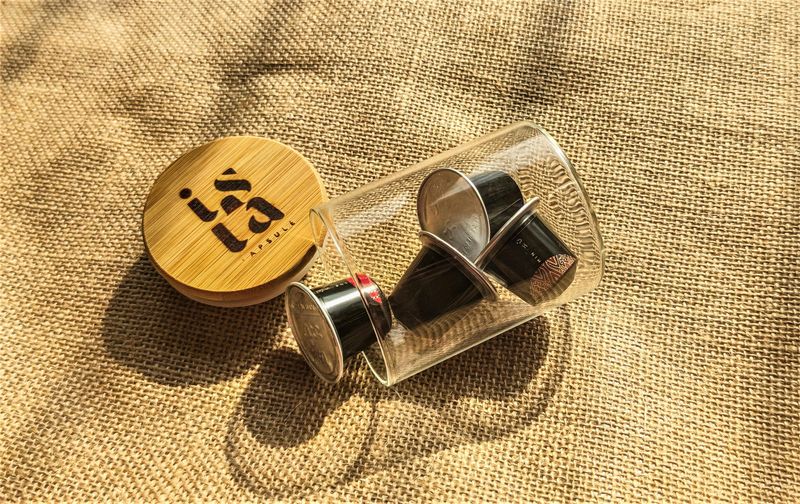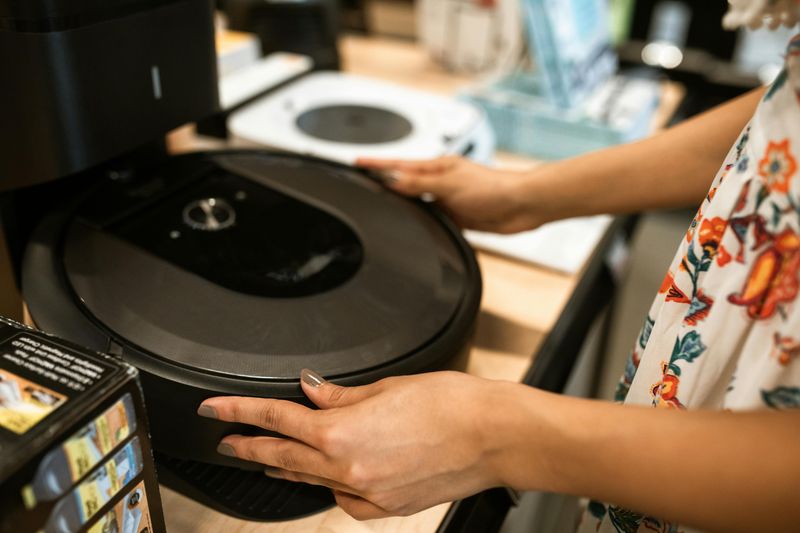8 Everyday Purchases Worth Rethinking

We all have our shopping routines, those items we grab without a second thought. But many everyday purchases might not be the best use of our money or resources. Taking a closer look at these common buys can help us save money, reduce waste, and make smarter choices. Small changes to our shopping habits can add up to big differences in our wallets and for the planet.
1. Bottled Water

Americans spend billions yearly on something that flows practically free from their taps. A daily bottled water habit can cost over $1,000 annually, while the same amount of tap water might cost less than $1.
Beyond the price tag, consider the environmental impact. Only about 30% of plastic bottles get recycled, with the rest clogging landfills or polluting oceans. Many bottles travel thousands of miles before reaching store shelves, burning fossil fuels along the way.
Simple alternatives exist: reusable bottles paired with home filtration systems deliver clean water at a fraction of the cost. Even inexpensive filters can remove most contaminants that worry people about tap water.
2. Brand-Name Cleaning Products

The dazzling array of specialized cleaners promising miraculous results often delivers more marketing hype than cleaning power. Most household messes don’t require different products for every surface – they need simple, effective ingredients that many generic brands provide at half the price.
What’s truly surprising? Many professional cleaners rely on basic ingredients like vinegar, baking soda, and castile soap. These humble heroes tackle everything from greasy stovetops to bathroom mildew without harsh chemicals or fancy packaging.
Making your own cleaners cuts costs dramatically – a gallon of DIY all-purpose cleaner costs pennies compared to $4-5 for commercial versions. Plus, you’ll reduce plastic waste and avoid potentially harmful chemicals found in many commercial products.
3. Single-Use Coffee Pods

That morning coffee ritual might be brewing trouble for both your wallet and the environment. While single-use pods offer convenience, they typically cost between 50¢ to $1 per cup – potentially adding up to $1,000 yearly for daily drinkers. Traditional brewing methods cost just pennies per serving.
The environmental math is equally troubling. Billions of plastic and aluminum pods end up in landfills annually, with most taking hundreds of years to decompose. Though some companies offer recycling programs, participation remains low.
Fortunately, coffee lovers have options. Reusable pods compatible with popular machines let you enjoy convenience without waste. Pour-over methods and French presses not only reduce waste but often produce superior flavor that pod systems can’t match.
4. Unused Gym Memberships

January sees millions signing up at fitness centers with dreams of transformation, yet by February, nearly 80% of new members have stopped showing up. The average membership costs $40-50 monthly – that’s potentially $600 yearly for an unused service.
Research shows most people dramatically overestimate how often they’ll visit. Gyms actually depend on this psychology, often selling memberships to far more people than their facilities could accommodate if everyone showed up regularly.
Free alternatives abound in today’s digital world. YouTube offers thousands of free workout videos, while apps provide structured programs for every fitness level. Even investing in basic home equipment – resistance bands, a yoga mat, and a few weights – costs less than a few months of unused membership fees.
5. Extended Warranties

“Would you like to purchase the extended warranty?” This familiar question at checkout represents one of retail’s highest profit margins – often 50% or more goes straight to the seller’s pocket. Consumer Reports consistently finds extended warranties deliver poor value for most products.
Modern electronics fail less frequently than manufacturers and retailers want you to believe. When failures do occur, they typically happen either very early (covered by standard warranties) or long after even extended coverage expires. Many credit cards automatically double manufacturer warranties on purchases without any additional cost.
Rather than buying warranties, consider creating your own repair fund. Setting aside the money you would spend on extended warranties creates a self-insurance pool that will likely cover any repairs needed while leaving money in your pocket if nothing breaks.
6. Fast Fashion

That $15 trendy shirt seems like a bargain until it falls apart after three washes. Fast fashion creates the illusion of savings while actually draining your wallet through constant replacement. Quality garments might cost more initially but often provide better value per wear.
The manufacturing processes behind cheap clothing exact a heavy environmental toll. The fashion industry ranks among the world’s top polluters, consuming vast resources and generating mountains of waste. Workers in fast fashion factories frequently face dangerous conditions and poverty wages.
Building a wardrobe thoughtfully offers a better approach. Focusing on versatile, well-made basics that mix and match easily creates more outfit options with fewer pieces. Thrift stores and consignment shops offer quality brands at fast-fashion prices, giving perfectly good clothes a second life.
7. Pre-Cut Produce

While pre-cut melon in plastic containers is convenient, it can cost 40% to 100% more than buying the whole fruit. For just a few minutes of prep, you’re essentially paying a high hourly rate for someone else to do the work—something worth considering next time you shop.
Beyond the cost, pre-cut produce loses nutritional value faster. Once fruits and vegetables are cut, they begin to oxidize, degrading both nutrients and flavor. The shelf life shortens dramatically, increasing the likelihood you’ll waste food.
The packaging creates another hidden cost. Those convenient plastic containers add to the growing problem of single-use plastics. A simple solution exists: dedicate 30 minutes weekly to washing and prepping produce after shopping. Store it in reusable containers for grab-and-go convenience without the premium price.
8. Premium Cable Packages

The average cable subscriber watches just 17 channels regularly, yet typical packages include over 200. This mismatch means you’re likely paying for dozens of channels that never appear on your screen. Premium packages often cost $100+ monthly while most streaming services run $8-15 each.
Cable companies rely on bundling to maintain profits, essentially making popular channels subsidize less-watched ones. Sports programming represents the biggest chunk of your cable bill – even if you never watch a single game. Many subscribers could save $500-1,000 annually by cutting the cord.
Streaming services let you build a custom entertainment package matching your actual viewing habits. Most households find that combining 2-3 services still costs far less than cable. Many streaming platforms now offer live TV options including local channels and sports, eliminating the main reasons people kept cable.

Comments
Loading…